Food Stamps: 5 SNAP EBT Scams To Watch Out For
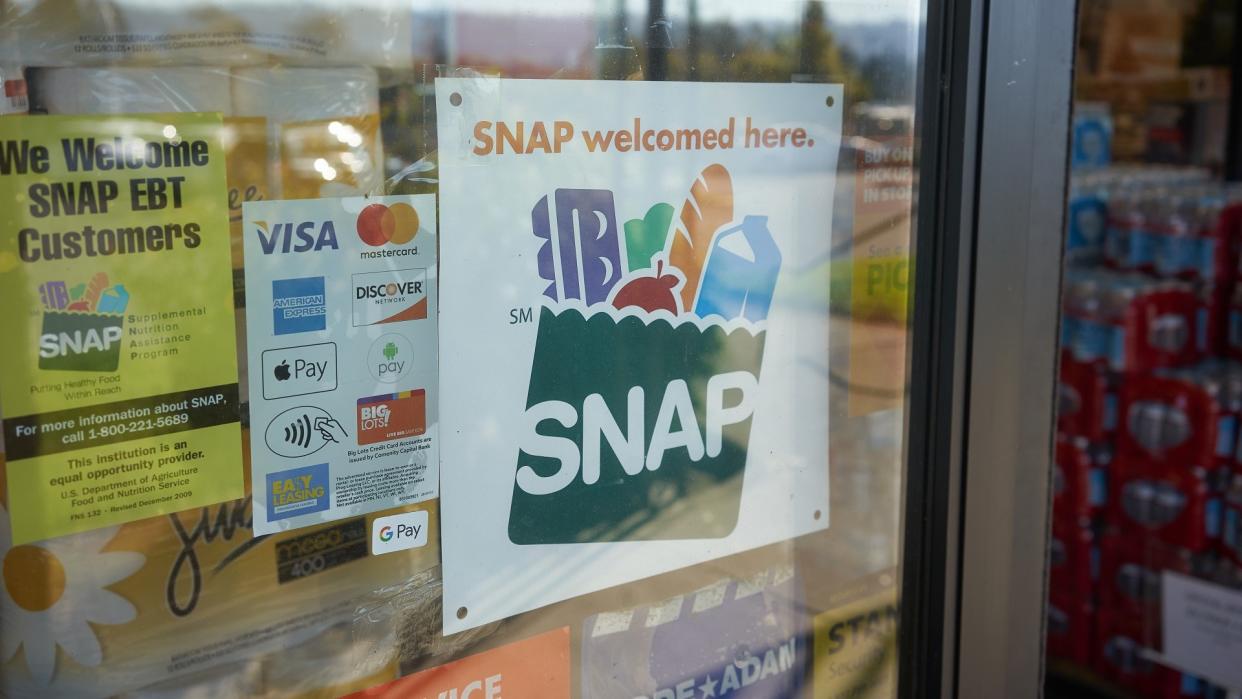
Fraudsters are everywhere, waiting to separate us from our money — and they’re striking financial products that include electronic benefits cards with their scams. An EBT is a card used for government benefits by those who qualify, and it isn’t immune to scammers.
Food Stamps: 4 Major Changes to SNAP Coming in 2024
Explore: Pocket an Extra $400 a Month With This Simple Hack
“Fundamentally, an EBT card is not too dissimilar to a bank-issued debit card. It is pre-loaded with a credit balance, which is then spent in store or online,” said Daniel Holmes of Feedzai, which works to fight financial crimes and fraud.
“This means that the way in which the fraud manifests is actually quite similar to ‘traditional’ card fraud. However, the scams in today’s world are very sophisticated and will be tailored to reflect the specific scenario of the victim. This means if a fraudster is targeting an EBT card holder, the way in which they will aim to compromise their card details will reflect the victim’s personal situation. This increases overhead for the fraudster but drastically increases their chance of success and monetization.”
But what should EBT cardholders be on the lookout for when it comes to potential scams? Read on for five potential scenarios.
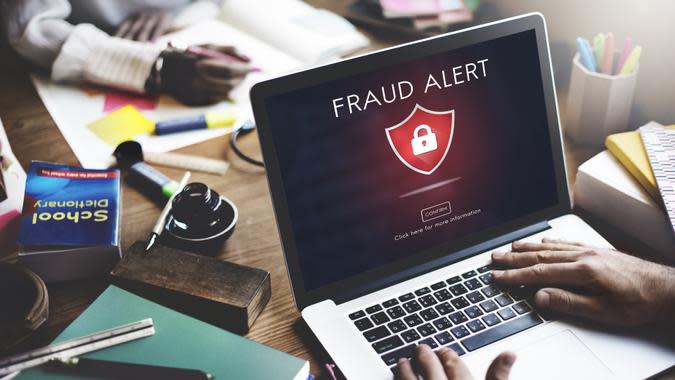
Phishing Scams
Phishing occurs when fraudsters go “fishing” for personal or card information that will allow them to hack into your EBT funds. Fraudsters can also use this information to make fake EBT cards, known as cloning, and make purchases with stolen SNAP benefits.
“Since most EBT cards can be used for online shopping, the attacker needs only to get the card details, which they’ve been able to do through various phishing attacks,” said Keatron Evans, principal security researcher at Infosec Institute. “One that has been very effective is sending the victims emails or text messages saying that, via Covid relief or some other government initiative, every EBT recipient will get a $300 bonus added to their card by clicking on this link and providing your card details.
“They purport that funds will be added to the card balance within 48 hours, etc. The captive portal — i.e., fake website — the person is sent to when clicking the link simply asks the cardholder to verify first and last name, address, card number and PIN. This information is captured by the website app and sent to the attacker, who then uses it to shop online for various things.”
Food Stamps: How Medicaid Is Causing Eligibility Problems for Potential SNAP Recipients — Is Happy Medium Currently Possible?
More: Why Are More Americans Relying on SNAP if Inflation’s Not To Blame?
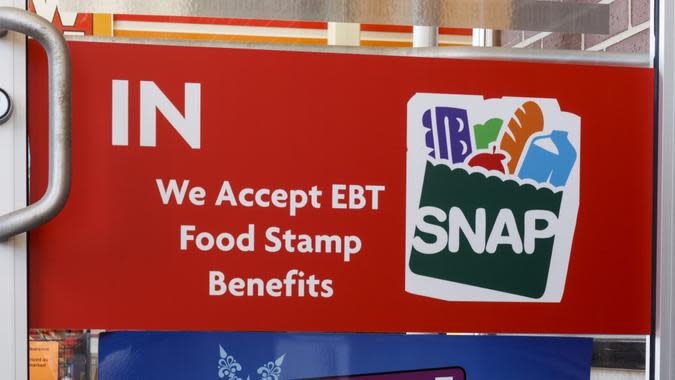
Enrollment Scams
Fraudsters aim to target those who are eligible for EBT benefits but have yet to enroll, Holmes said.
“They use a formal-looking email to route the victim to a fake website, which then asks them for their personal data. Fraudsters can then use this personal data to apply for a card in the victim’s name, before going on to spend the funds credited to the account.”
Learn: Things You Can Buy With Food Stamps That May Surprise You
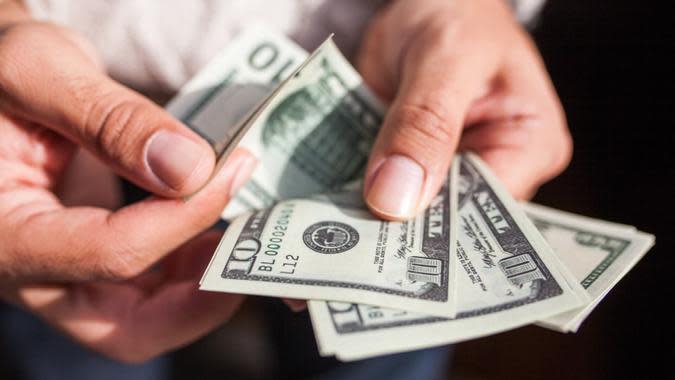
In-Person Scam
Fraud doesn’t occur only online. Victims might meet their fraudsters in person, and this type of financial hoax goes back years.
“It starts with the attacker approaching the victim, stating, ‘I will give you $100 cash if you purchase $120 worth of groceries with your EBT,'” Evans said. “This scam works when the holder of the EBT card is hard up for actual cash and needs the money.”
“The opposite form is also a very longstanding and common version of EBT fraud, where the actual cardholder approaches individuals in grocery stores and offers to buy $120 worth of groceries for $100 cash. The scammers are simply preying on the EBT holder, who’s already in desperate need of cash and taking advantage of them. The scam part, of course, is that the cash the scammer hands the EBT holder is counterfeit money and not real.”

Account Compromised Scam
No one wants to hear that something is amiss with their EBT card. They likely will do what they can to secure it. That’s what happens in an account compromised scam.
“Customer is contacted stating that their account has been compromised,” Holmes said. “In order to secure their accounts, the caller is going to take preventative action; but, before they can do so, they need to confirm the victim’s identity. In an attempt to do this, the victim gives the fraudster their card number, and the fraudster has what they need to execute the spend.”
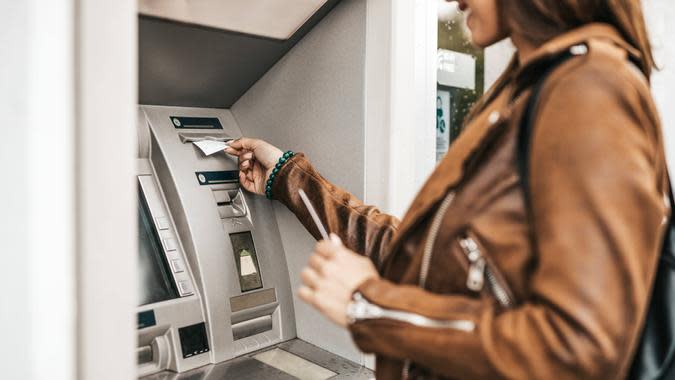
Card Skimming Scam
Card skimmers can be placed at ATMs or at card readers in stores, and they are used to steal data from your card that can be used for unauthorized expenditures.
“These steal people’s data in store when they check out, meaning that it can be hard for consumers to know how to protect themselves,” said Ray Walsh, a digital privacy expert at ProPrivacy.
“Generally speaking, card skimmers are more likely to have been introduced into easily accessible payment terminals such as self-checkouts. This means it is important for consumers to consider which terminals they opt to use and where.”
Food Stamps: What Is the Maximum SNAP EBT Benefit for 2024?
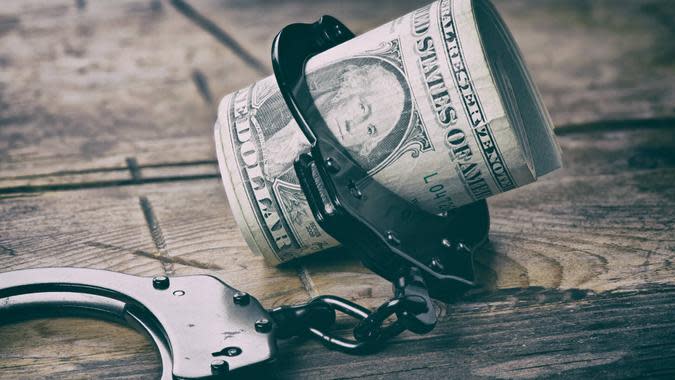
Stopping the Fraud
Kelly Merryman, the president and COO of consumer cybersecurity company Aura, shared some tips to help EBT cardholders guard their information.
“Do not respond to text messages or phone calls related to your EBT account,” she said. “Official channels will very rarely reach out to you about your account through phone or text and will never ask for sensitive information through these channels. Often, any official correspondence will happen through snail mail or sometimes email.”
“Do not share your card or PIN number with anyone and change your PIN often,” Merryman said. “Official channels will never ask for your card number, and you should not divulge this information to anyone. Additionally, be sure to change your PIN number frequently so that, even if your account is breached, the scammer won’t be able to access it for very long.”
“Freeze your account between transactions. If you need to leave a balance on your card, freeze your account between transactions in order to protect it,” Merryman advised.
“Check card terminals for discrepancies to prevent your card from being skimmed,” she said. “Check card terminals for alignment discrepancies, damaged security strips or loose parts. Self-checkout terminals are also more likely to be affected by card skimmers than lanes with cashiers, so consider avoiding self-checkout lanes.”
“Thoroughly check domain names and only use official sites,” Merryman said. “If you need to recertify your benefits, apply to receive benefits or need assistance, only use official sites. Check the domain name for any spelling errors. Also check that the site begins with ‘https’ to ensure the site is secure and ends in ‘gov.'”
Josephine Nesbit contributed to the information in this article.
This article originally appeared on GOBankingRates.com: Food Stamps: 5 SNAP EBT Scams To Watch Out For
